The Marvel Cinematic Universe: How Big Can It Get?

With the release of Ant-Man this year, Marvel’s Phase Two of its linked Cinematic Universe (hereafter referred to as MCU) came to a close; we’re all ready, steady, go for the kick-off of Phase Three, commencing next year with the hugely anticipated Captain America: Civil War, a film that will have massive repercussions on the MCU and no doubt on the future of many heroes within it. After The Winter Soldier saw the end of SHIELD as we knew it, with the knowledge that HYDRA had infiltrated the organization, causing it to be disbanded (events following on in the Marvel television series, Agents of SHIELD, naturally), audiences came to realize that Marvel wasn’t afraid to shift the status quo. Seismic events are commonplace within the pages of any comic book series you care to pick up (read the Marvel Cosmic lines for evidence of that!) so it stands to reason that throwing fans for a loop within the confines of the cinematic universe wasn’t entirely out of the question either.
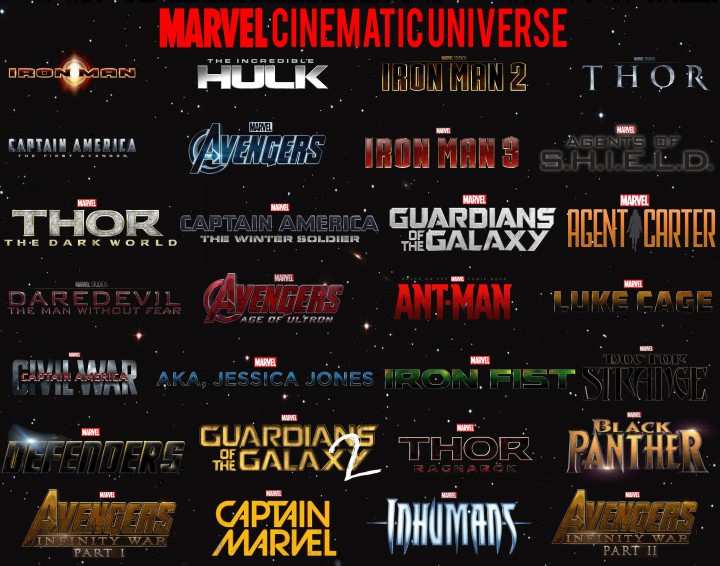 Since it launched in 2008’s Iron Man, with Sam Jackson arriving post-credits and setting up the idea of films all linked together, the MCU has progressively become larger and larger, some saying it’s even getting too big – unwieldy, even – to the point that at some stage, audience saturation for Marvel’s content will reach maximum. Now, facetious arguments about “too many comic book movies” reaching the market clogging cineplexes and stopping the success of smaller films aside, assume for a moment that were the MCU to continue on its upward trajectory, with financial restrictions being about the only prohibitive factor for a world dominated by the MCU. It stands to reason that DC, with their “DCEU” – or, DC Extended Universe (I think) – featuring the upcoming Batman V Superman: Dawn of Justice, and a bunch of solo superhero films to follow from Warner’s stable of stars, will take up some of that potential market as well, in the years to come. Marvel’s breakout decade of hits, from Iron Man through to this year’s Avengers sequel and Ant-Man, have had 12 films worth of head-start, not counting the critical mess left in the wake of DC’s Man of Steel, which was a hiccup along the road to a cohesive universe for that studio. DC is essentially playing catch-up to Marvel at this point.
Since it launched in 2008’s Iron Man, with Sam Jackson arriving post-credits and setting up the idea of films all linked together, the MCU has progressively become larger and larger, some saying it’s even getting too big – unwieldy, even – to the point that at some stage, audience saturation for Marvel’s content will reach maximum. Now, facetious arguments about “too many comic book movies” reaching the market clogging cineplexes and stopping the success of smaller films aside, assume for a moment that were the MCU to continue on its upward trajectory, with financial restrictions being about the only prohibitive factor for a world dominated by the MCU. It stands to reason that DC, with their “DCEU” – or, DC Extended Universe (I think) – featuring the upcoming Batman V Superman: Dawn of Justice, and a bunch of solo superhero films to follow from Warner’s stable of stars, will take up some of that potential market as well, in the years to come. Marvel’s breakout decade of hits, from Iron Man through to this year’s Avengers sequel and Ant-Man, have had 12 films worth of head-start, not counting the critical mess left in the wake of DC’s Man of Steel, which was a hiccup along the road to a cohesive universe for that studio. DC is essentially playing catch-up to Marvel at this point.
Marvel’s rise, through both film and television, is meteoric, albeit planned out that way. Studio head Kevin Feige, who has become something of a cult figure in the geek world, unleashed a torrent of excitement last year when he announced the slate of Phase Three films to come over the next three or four years, including a two-part Avenger’s sequel, Infinity War, the Civil War entry from Captain America, a third Thor film, another Guardians of The Galaxy, and several new solo films introducing characters yet to appear on the screen: Black Panther, the world’s foremost ethnic hero (is that even a thing?), Captain Marvel (a woman, who would have beaten DC to the record of a major female superhero making the big screen had DC not announced a Wonder Woman solo film coming out in 2017) and Inhumans. Oh, and the currently-in-production of Doctor Strange, which taps into the supernatural realms of the Marvel universe.
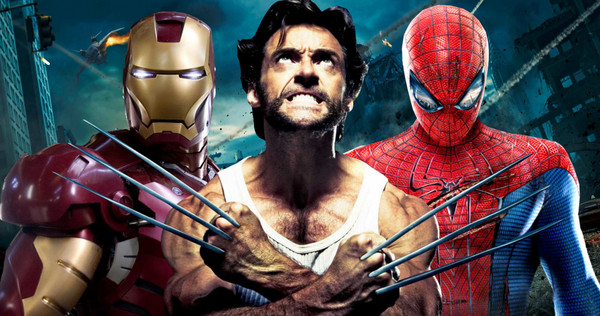 Earlier this year, Marvel also scored a coup by reintegrating the floundering Spider-Man franchise back into its grasp, albeit tangentially. Sony Pictures, who were famously hacked last year and consequently lost a bunch of money, respect and intellectual property, crawled back to Marvel following the critical disaster of Amazing Spider-Man 2, and asked Marvel to help them reboot the property (again: it would be the third time since the early 2000’s when Sam Raimi first delivered the character to modern audiences); a deal was brokered allowing Marvel to use Spider-Man in their MCU films, while Sony would produce a new series of stand-alone Spider-Man films with creative oversight from Marvel’s team. Win for all, really. When news broke of this, it legitimately did break the internet.
Earlier this year, Marvel also scored a coup by reintegrating the floundering Spider-Man franchise back into its grasp, albeit tangentially. Sony Pictures, who were famously hacked last year and consequently lost a bunch of money, respect and intellectual property, crawled back to Marvel following the critical disaster of Amazing Spider-Man 2, and asked Marvel to help them reboot the property (again: it would be the third time since the early 2000’s when Sam Raimi first delivered the character to modern audiences); a deal was brokered allowing Marvel to use Spider-Man in their MCU films, while Sony would produce a new series of stand-alone Spider-Man films with creative oversight from Marvel’s team. Win for all, really. When news broke of this, it legitimately did break the internet.
Then you have the television series: Agents of SHIELD and Agent Carter have proven to be popular ongoing concerns (Carter is currently in production on its second season), while Netflix’ series of Daredevil (rebooting from the version we last saw, a dire Ben Affleck flick of the same name) was a major, major hit. Upcoming Netflix series include Jessica Jones (formerly AKA Jessica Jones) in 2015, and in 2016, Luke Cage gets a shot, while planned projects include Iron Fist and The Defenders. You’d be right in suggesting that Marvel don’t want for a broad television platform to continue their “lesser” characters adventures in the public eye. Comparatively, DC currently have two major series on the go – Arrow, and Flash, the latter of which has completed its debut season to strong postive fan reaction, while Arrow’s middling opening season problems have since been ironed out, with the show enjoying solid critical praise. 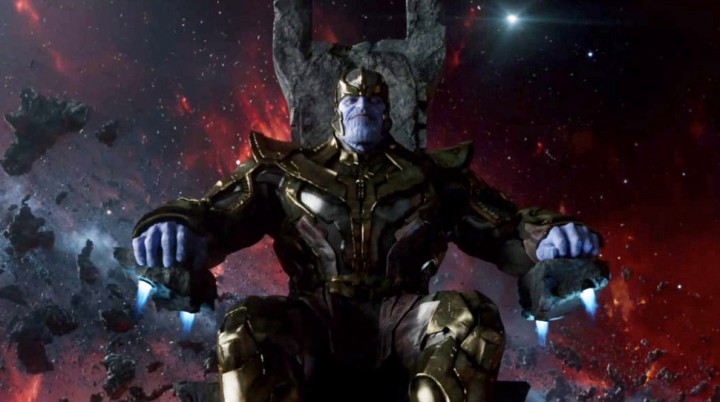 The upcoming third series, Supergirl, looks like it’s going to gather a mainly teenage market (which isn’t bad), while the third series in the Arrow/Flash universe will be Legends Of Tomorrow, a team-up series starring characters from both the other two originating programmes. While Marvel and DC are pretty much break-even on the small screen, Marvel continue to dominate the big one.
The upcoming third series, Supergirl, looks like it’s going to gather a mainly teenage market (which isn’t bad), while the third series in the Arrow/Flash universe will be Legends Of Tomorrow, a team-up series starring characters from both the other two originating programmes. While Marvel and DC are pretty much break-even on the small screen, Marvel continue to dominate the big one.
So with 6 films in Phase One, and a further 6 in Phase Two, and no less than 9 for Phase Three (10 if you include a stand-alone Spider-Man film in 2017), where does Marvel go from here? Following the events of Infinity War, which will likely see the end of contracts for several high profile players in the MCU (notably, Robert Downey Jr, Chris Evans, and Thor’s Chris Hemsworth, among others), it’s likely that the events of that finale for the Avengers will see the roster change considerably to allow future films to flesh out with characters possibly we haven’t even seen yet. What will Phase 4, 5 and onwards look like? You’d expect more and more properties of the Marvel roster to become reality, as the studio will follow its natural tendencies to take risks on things once thought impossible: who would ever have considered a film about a talking racoon, a walking tree, a green assassin lady and a brutal tattooed oaf, led by Chris Pratt, would become one of the highest grossing films in the MCU’s short history? As Feige famously said: audiences told them [Marvel] that they loved that kind of thing, so why wouldn’t the studio continue to deliver?
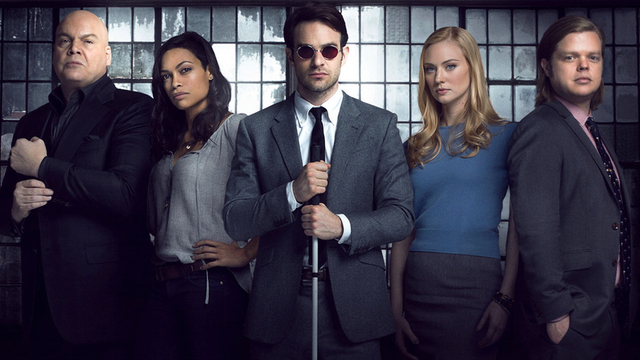 The MCU’s Phase Three represents the most ambitious single-continuity project in Hollywood history to-date. With the exception of franchises such as Fast & Furious and Harry Potter, no single series of films has attempted to draw inspiration from such a wide variety of disparate characters, join them in a shared universe, and tell a continual tale in the scope of what Feige and his creative teams are doing. The branch-off effect of Phase Three cannot be underestimated. Civil War, the third Captain America film, will have repercussions (hopefully) much like the events of the comic saga did – in the comic storyline, Iron Man and Captain America found themselves on opposite “sides” in a war of ideology, when the US Government decided to make it mandatory for heroes, or people with powers, to register, to give up their secret identities, in the face of mounting public pressure from litigious damages caused by all their battles and adventures. No doubt this will be the theme of the film version (although I suspect it will be greatly tightened – the comic saga dragged on for months, and what felt like hundreds of issues of books) and it will be interesting to see how the dynamic between Tony and Steve change throughout not only that film, but in future Avengers projects in which they interact.
The MCU’s Phase Three represents the most ambitious single-continuity project in Hollywood history to-date. With the exception of franchises such as Fast & Furious and Harry Potter, no single series of films has attempted to draw inspiration from such a wide variety of disparate characters, join them in a shared universe, and tell a continual tale in the scope of what Feige and his creative teams are doing. The branch-off effect of Phase Three cannot be underestimated. Civil War, the third Captain America film, will have repercussions (hopefully) much like the events of the comic saga did – in the comic storyline, Iron Man and Captain America found themselves on opposite “sides” in a war of ideology, when the US Government decided to make it mandatory for heroes, or people with powers, to register, to give up their secret identities, in the face of mounting public pressure from litigious damages caused by all their battles and adventures. No doubt this will be the theme of the film version (although I suspect it will be greatly tightened – the comic saga dragged on for months, and what felt like hundreds of issues of books) and it will be interesting to see how the dynamic between Tony and Steve change throughout not only that film, but in future Avengers projects in which they interact.
Thor: Ragnarok represents a challenging story for filmmakers. Thor’s films have been consistently underwhelming whenever they’ve featured Earthbound activity, and have truly soared when the Asgardian has been offworld, so hopefully Ragnarok will see Hemsworth’s character spend more time outside our solar system and less time trying to woo Natalie Portman. Thor’s cataclysmic cosmic nature would seem a natural fit to bring him into the scene with the MCU’s chief villain, Thanos (briefly seen in The Avengers, and cameoed again in Guardians Of The Galaxy and Age Of Ultron, played by James Brolin), but to-date the films have not thought to link them together in any way, even tacitly. Perhaps Asgard and Thanos have an understanding to stay out of each others’ way.
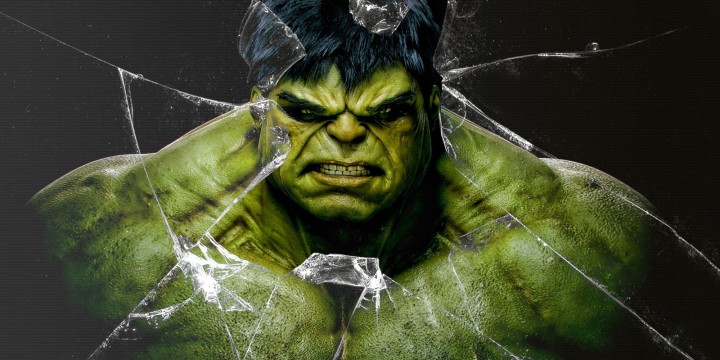 The Avengers: Infinity War two-parter is spread over 2018 and 2019, with Black Panther and Captain Marvel arriving between each installment. Inhumans follows the conclusion of Infinity War, and although you’d think Phase Three would close out with an Avengers bang, apparently Feige has big plans for the Inhumans arrival. Given Inhumans is a large ensemble franchise, similar to X-Men, there’s a feeling that the Inhumans brand could become a sub-set series of films in and of themselves, although linking to the rest of the MCU from time to time. Naturally, Inhumans would set up the opening salvo of whatever Phase Four looked like. Considering how far in advance the studios are “planting their flags” to claim weekend release dates, I think we could see Marvel’s plans for post-Phase Three come along somewhere between Infinity War Part I and II, in 2018. I should note, also, that aside from a single stand-alone film for Spider-Man in 2017 (subject to change, naturally), Marvel or Sony haven’t announced any other plans for the web-slinger outside of his cameo in Civil War. So stay tuned for more internet breaking.
The Avengers: Infinity War two-parter is spread over 2018 and 2019, with Black Panther and Captain Marvel arriving between each installment. Inhumans follows the conclusion of Infinity War, and although you’d think Phase Three would close out with an Avengers bang, apparently Feige has big plans for the Inhumans arrival. Given Inhumans is a large ensemble franchise, similar to X-Men, there’s a feeling that the Inhumans brand could become a sub-set series of films in and of themselves, although linking to the rest of the MCU from time to time. Naturally, Inhumans would set up the opening salvo of whatever Phase Four looked like. Considering how far in advance the studios are “planting their flags” to claim weekend release dates, I think we could see Marvel’s plans for post-Phase Three come along somewhere between Infinity War Part I and II, in 2018. I should note, also, that aside from a single stand-alone film for Spider-Man in 2017 (subject to change, naturally), Marvel or Sony haven’t announced any other plans for the web-slinger outside of his cameo in Civil War. So stay tuned for more internet breaking.
I have two theories about the MCU in its cinematic form, post Phase Three. My first theory is that the status quo will remain primarily the same – ie if it ain’t broke, don’t fix it. You’d imagine, barring any box-office bombs coming along, that both Iron Man and Captain America would be retired as franchises following the departure of RDJ and Chris Evans, possibly recasting the characters to appear in supporting roles in future films, while I could foresee similar things happening with Thor, although I suspect Chris Hemsworth will stay in the role for a long time to come. Marvel’s comic publishing arm recently changed the character into a female Thor, so perhaps this could come along as we move past 2020?
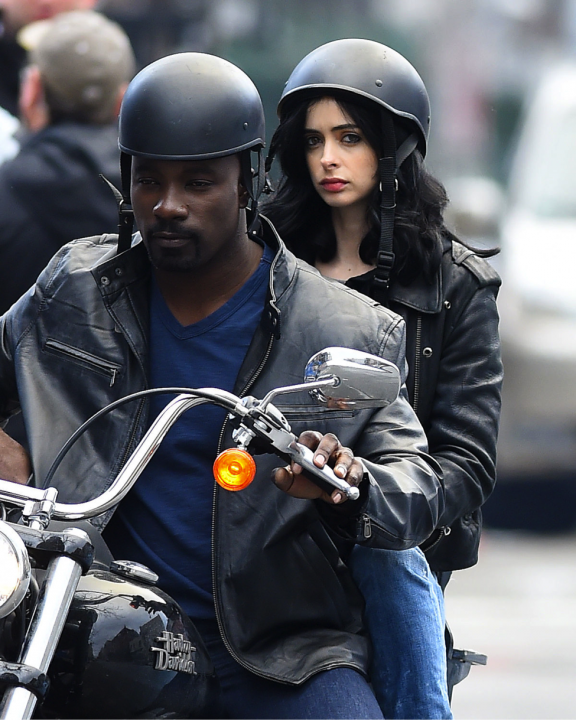
The Avengers team of Infinity War will look wholly different to that of 2012’s opening film. Not only that, but Infinity War will go a little way to set up Phase Four’s roster of characters beyond what even Feige and his team probably know, considering both cosmic-level Captain Marvel, and Earthbound Black Panther will hopefully have multiple films of their own to accommodate outside of team-up duties. Doctor Strange is the one I’m having problems with, mainly because I’m unfamiliar with the character and can’t see quite yet how the supernatural adventures of Steve Strange will tie into the more straight-up superheroing of everyone else. I’m hoping to be pleasantly surprised by what Doctor Strange throws up; even if the film is a one-off, and perhaps the character becomes a supporting role in future films, this wouldn’t be a bad thing.
My other theory is the MCU will fragment slightly, with sub-brackets of properties working within secondary series of films, all under the MCU umbrella. Inhumans, for examle, could have multiple film entries under that title, similar to X-Men’s various teams such as X-Force, etc, while your core Earthbound heroes, such as Iron Man et al, would continue under a larger Avengers banner. This subtle fragmenting would all continue to work harmoniously, however, with various characters showing up in other films from time to time, much like the printed comic book universes seem to do these days. It’s not entirely unreasonable to expect this, what with the rise of the television sub-brand directly referencing the events of 2012’s Avengers (the Chitauri attack on New York was a key element in Netflix’s Daredevil premise) and existing within the same “universe”, without always needing to gratuitously insert itself into it.
Now, for the really tricky stuff. Recent events in the lives of the cinematic Fantastic Four have provoked a firestorm of controversy about whether Fox will endeavor to see those pesky rights issues sorted out once and for all. Now that Fantastic Four has bombed hugely for the studio, fans have been clamoring for Fox to hand the rights to the property – which includes villains Doctor Doom, Galactus, and the eponymous Silver Surfer, the latter two who would tie into Infinity Wars instantly – back to the MCU. Fox, who has around 7 years (please correct me if this is wrong) to figure out what they want to do before the rights automatically return to Marvel if they don’t make another film, won’t be in a hurry. At the time of writing, there’s no word as to what will happen to Fox’s planned 2017 sequel to Fantastic Four, which looks for all the world like it’ll be turned into maybe a Deadpool sequel (the Comic Con trailer for the Deadpool movie was a bonafide hit).
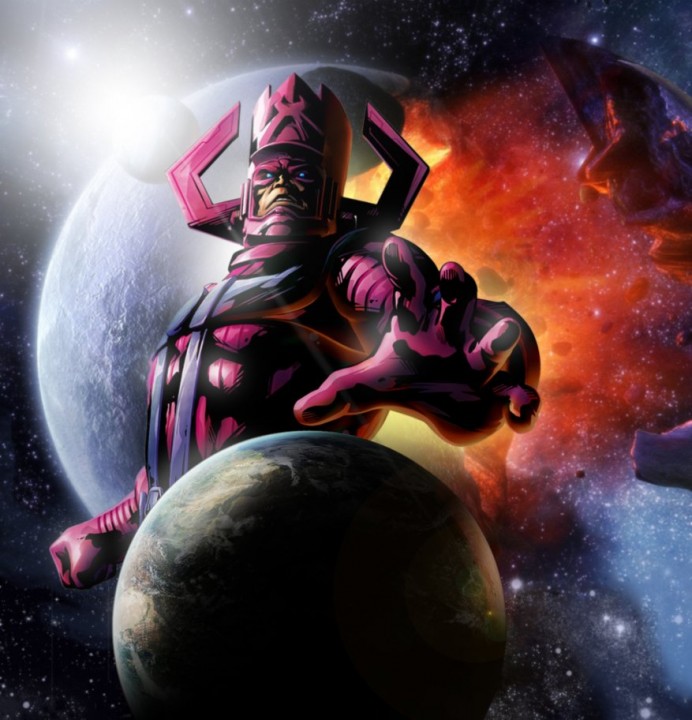
Fox, and Fantastic Four, are in a bind. If Fox don’t make a deal with Marvel to buy back the rights, and they don’t muster up another film for the characters before their term of expiry is up, they see them revert back to Marvel for nothing. If Fox do make another FF film, there’s every chance it’ll also bomb out, considering the poisonous atmosphere surrounding the property currently. So they’ll lose money (you’d think). However, if Fox sell the rights back to Marvel, they take money and be rid of a property that, after three films that haven’t exceeded expectations (and one that has spilled red ink all over the ledger) they’d come out on top. After all, Fox still have their popular X-Men films to go with, and that ain’t bad. You would imagine that Fox would see the light and go running to Feige’s office with mea culpa on repeat, right? Well, not so fast: Fox and Marvel have developed a famously antagonistic relationship over the journey.
Marvel sold the rights to many of their properties back when they were on the verge of bankruptcy. X-Men and Fantastic Four went to Fox, Hulk went to Universal, and Blade went to New Line Cinema (now a subsidiary of, would you believe it, Warner Bros, Marvel’s chief competitor and owner of all things DC!). And of course Spider-Man, who went to Sony, and is now sorta-kinda back in the fold at the MCU thanks to some North Korean espionage and some truly insidious gossip sites and magazines. Marvel are now in a position where they are no longer bankrupt, and their films dominate all at the box-office, frequently pulling in Spider-Man-esque coin for even their lower tier characters. Backed by Disney, who would have no problems buying their own country if they liquidated all their assets into currency, Marvel are in a strong position financially; while Fox’s experience on Fantastic Four haven’t crippled them, they would no doubt have some bean-counters at the back room office quietly shitting their pants. Fox are about to take a bath on Fantastic Four. Possibly because of hubris, pride, or sheer bull-headedness, they’ll probably hold out giving Marvel back anything, let alone the rights to Fantastic Four. Spite is a magnificent animal when it’s not happening to you.
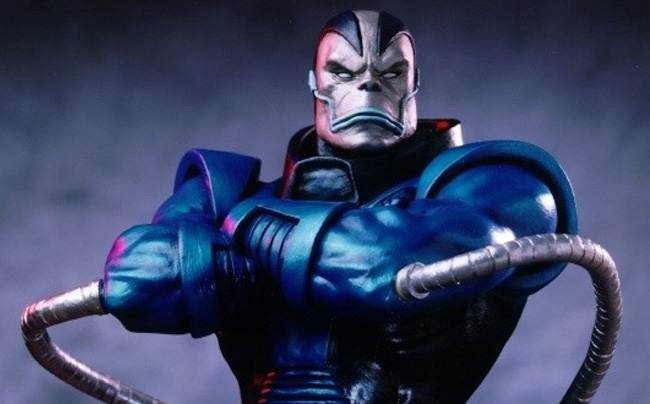
Don’t think for a second that Marvel’s potential reacquisition of Fantastic Four (were it to happen between now and Infinity War, in any case) would suddenly throw best-laid plans out the window, or give us another movie about the famous “First Family” of Marvel. Marvel are smart enough to know that the franchise is now damaged goods, possibly for a very, very long time, so it’s inconceivable that were Marvel to get the rights to the character back, they’d be lining up a director for a fourth tilt at making them viable on the big screen. Internet buzz would point towards the Fantastic Four becoming secondary supporting characters in any future MCU appearances, perhaps as a sidebar to an Avengers movie where they just “show up” as if they’ve been there all along. Marvel would be salivating at the idea of possibly acquiring the rights to Galactus (the giant gas-cloud in Rise Of The Silver Surfer, which was an utter bastardization of the character into something completely different) and Doctor Doom, if for no other reason than they’d raise the stakes in Infinity War, or possibly Phase Four and beyond. My head says Fox will just sit on FF for the time being, but my heart hopes that an accountant will look at the facts and figures and say “give ’em back to Marvel”.
Marvel have a huge stable of characters at their disposal; not all of them are A-listers like Iron Man, Spider-Man and Captain America. Considering the success of out-of-nowhere Guardians Of The Galaxy, however, there’s every reason to believe Marvel must be digging deep into their back-catalogue and wondering what might make the next big bang on the big screen. The studio has proven it needs not rely on X-Men or Fantastic Four, two key components of the Marvel comic universe, and with budding relationships between studios who currently hold the rights to their properties (Universal, who have the solo-film rights to Hulk but not “team-up” Hulk adventures, a la Avengers, would be hurrying into talks with Marvel about the character, surely) the ducks are starting to line up wonderfully for both them and us. After all, we’re the winners in all this.
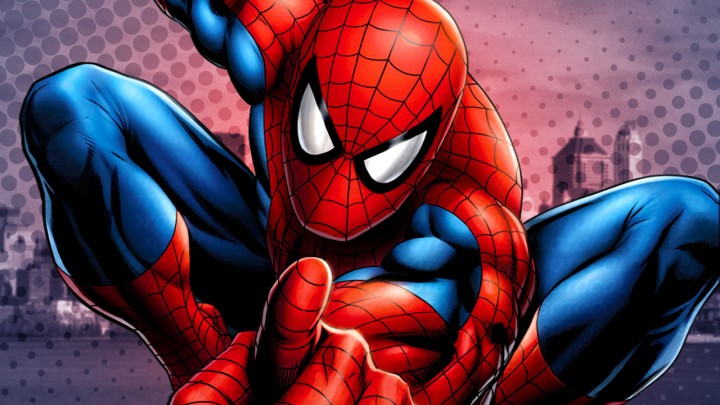 I alluded to “saturation” of the market at some point, earlier in this piece. Some have questioned whether Marvel (and by extension DC, the other major player in this game who are only just getting started) can continue to expand their properties without causing fatigue in the “Comic Book Movie” brand, and I’d say probably not. After all, romantic comedies come out almost weekly these days, and they’re still making plenty of those. Superhero films, or CBM’s, are just another element of cinema that will eventually find a nice balance. Supporting films isn’t dependent on whether people are sick of them, because as long as the films continue to be of a high quality, or of a standard acceptable to the masses (who, let’s face it, are prepared to support shit like that fourth Transformers movie) then there will always be a market for Marvel and DC’s fare. The fact that these guys are building entire worlds for people to explore is both astonishingly brave and acutely intelligent – by planning their movies out so far in advance, they can capitalize on a willing audience’s expectations, and cross-promotion between mediums (comic and screen, as well as computer gaming and other literature formats) keeps people’s anticipation levels high.
I alluded to “saturation” of the market at some point, earlier in this piece. Some have questioned whether Marvel (and by extension DC, the other major player in this game who are only just getting started) can continue to expand their properties without causing fatigue in the “Comic Book Movie” brand, and I’d say probably not. After all, romantic comedies come out almost weekly these days, and they’re still making plenty of those. Superhero films, or CBM’s, are just another element of cinema that will eventually find a nice balance. Supporting films isn’t dependent on whether people are sick of them, because as long as the films continue to be of a high quality, or of a standard acceptable to the masses (who, let’s face it, are prepared to support shit like that fourth Transformers movie) then there will always be a market for Marvel and DC’s fare. The fact that these guys are building entire worlds for people to explore is both astonishingly brave and acutely intelligent – by planning their movies out so far in advance, they can capitalize on a willing audience’s expectations, and cross-promotion between mediums (comic and screen, as well as computer gaming and other literature formats) keeps people’s anticipation levels high.
This long-winded article is really a terribly extravagant way of saying that I think the Marvel and DC universes can get as big as the studios will allow them, as long as they’re quality product. The expansion phase of the CBM has really only just begun, in my opinion, as we’re yet to see any real contraction or pushback by audiences who still seem willing to shell out money to go see a talking racoon off the back of the fact that it’s “from the people who gave you a man in an iron suit, a man dressed in the American flag, and a giant green rage monster.” Essentially, the sky truly isn’t the limit.
Exciting times for comic fans. I’m glad I’m living in ’em.





 Marvel: Avengers Alliance – I Love and Hate It
Marvel: Avengers Alliance – I Love and Hate It


